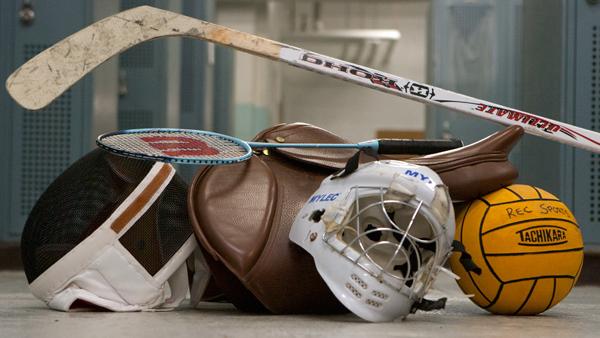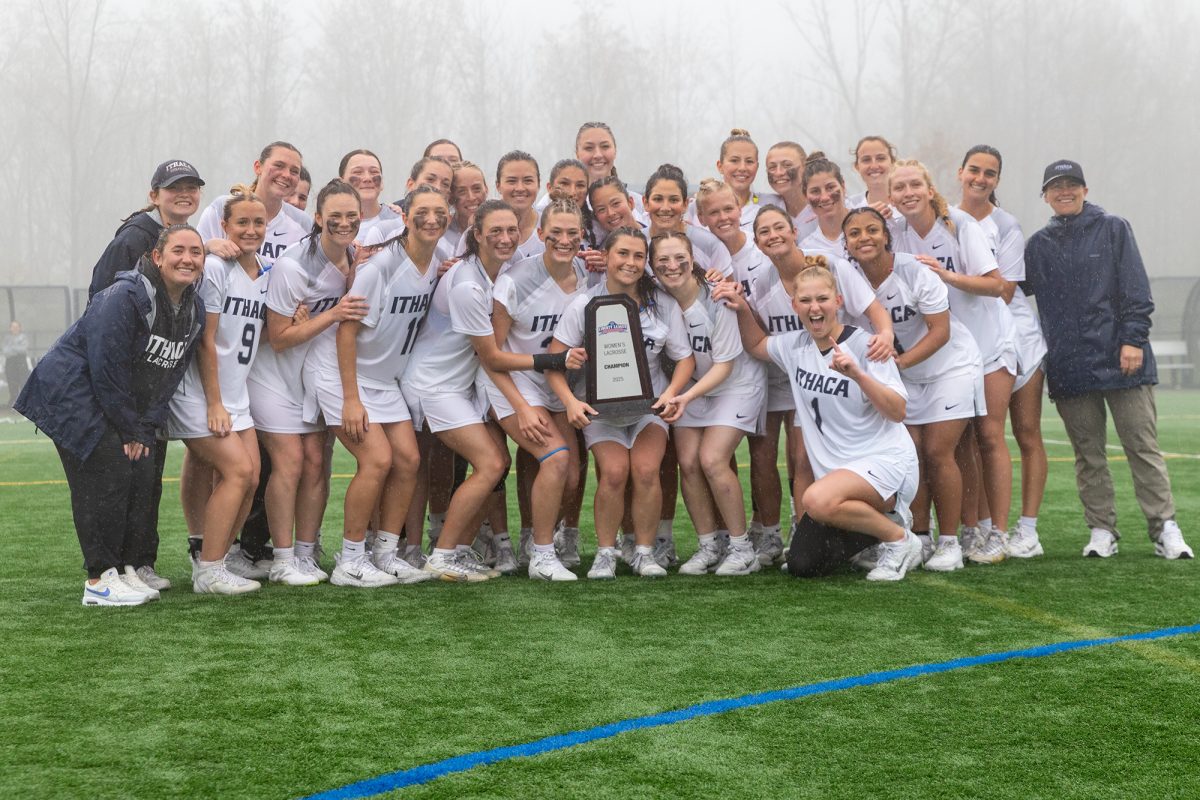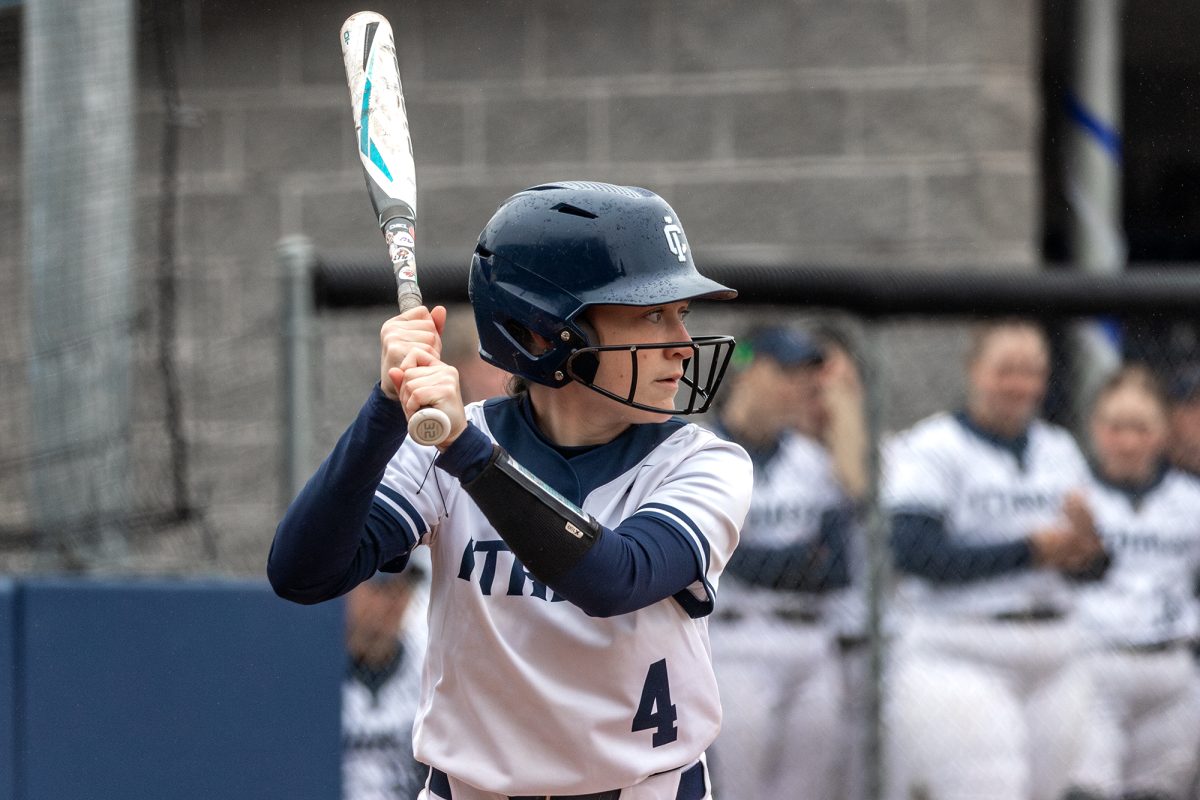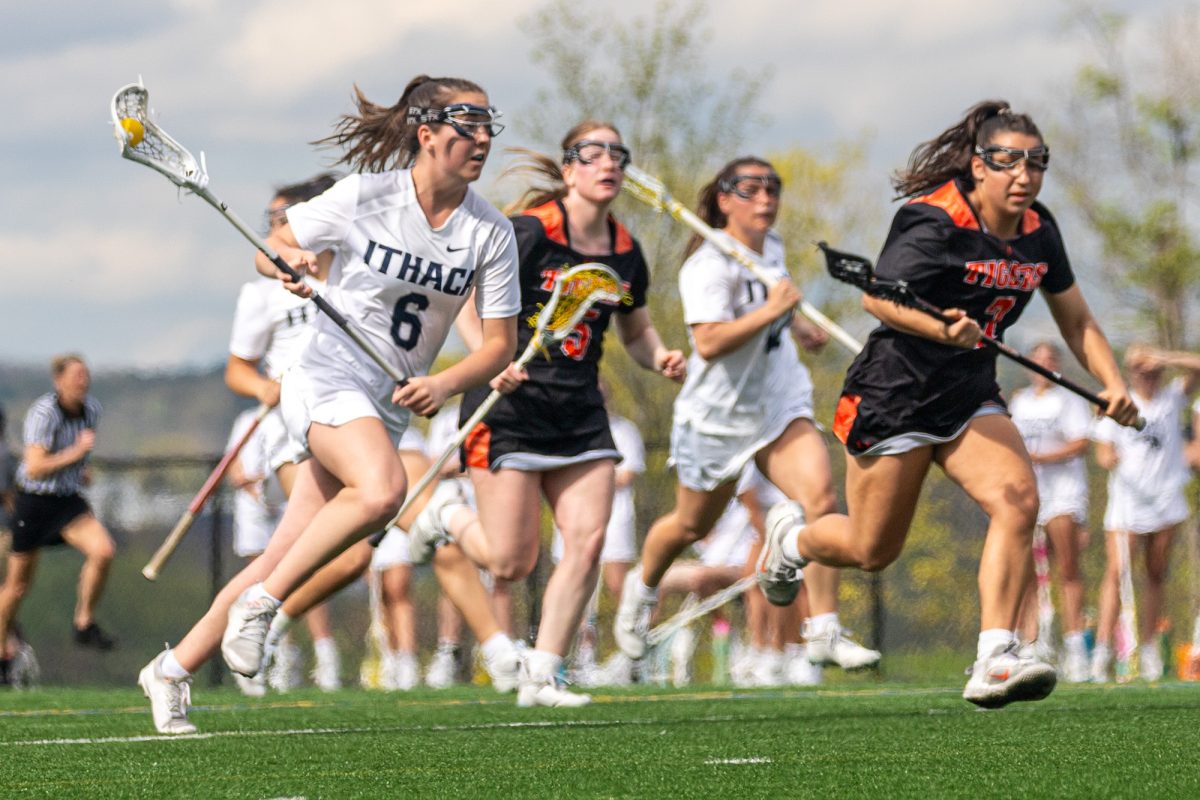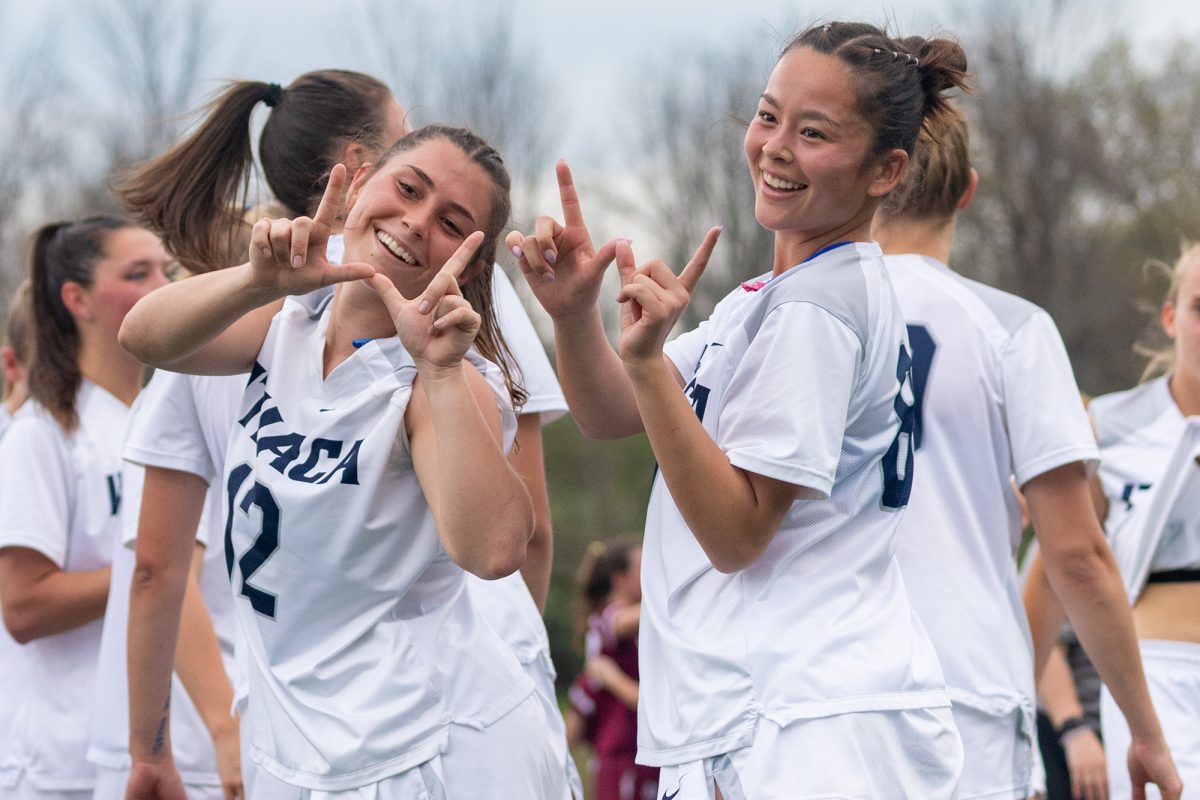When the time comes to choose a new varsity sport for Bombers athletics, the college’s administrators must evaluate a multitude of strengths and weakness for each deserving candidate. After everything is considered, however, the final decision almost always comes down to suiting the college’s athletes or its resources.
According to Ken Kutler, director of Intercollegiate Athletics and Recreational Sports, the college is adding women’s sports to comply with Title IX legislation. There are two ways to comply with Title IX, one being to base the college’s number of teams for each sex on the ratio of male to female students. The college has chosen to comply with the second method, which is to provide additional opportunities for the underrepresented sex in the athletics program. In the college’s case that would be women, because the number of female athletes is lower than male athletes.
For a women’s sport to be approved, members of the team must first submit a bid to the Office of Intercollegiate Athletics. Next, it must receive a recommendation from the college’s Gender Equity Committee, which oversees aspects of the sport’s proposal in context of Title IX. Then competition at the varsity level in the region, the amount of local recruiting available for the sport and coaching availability are reviewed. After all of this is considered, the committee recommends a sport to President Tom Rochon, who makes the final decision.
Sculling was recently approved as the college’s 27th varsity program. Kutler mentioned equestrianism, water polo, bowling and ice hockey as the other sports considered before sculling was eventually chosen. The college plans to add a new women’s sport every three to five years for the time being to keep current with the athletic department’s demographics. When those sports are considered again three years from now, the committee will have to make a decision: Do we tailor the choice to our athletes or our resources?
SUITING THE ATHLETES
Equestrian is one sport that already has capable athletes, but lacks the necessary facilities to compete. If the college approves the equestrian club team for varsity status, the decision would be made based upon the riders’ recent success, because there are no stables.
The team of 25–30 placed 4th overall last year in the Intercollegiate Horse Show Association regional competition, falling short to three established varsity programs: Cornell University, Nazareth College and Alfred University. The program sent 11 riders to the Intercollegiate Horse Show Association regional competition in 2011-12, and three of those riders moved on to zones. Fifth-year senior Kathleen Burns, the club’s former treasurer, said consistent success has motivated the equestrian team to seek varsity status.
“We have done great competitively against varsity teams. We are up to that standard, but we can’t quite crack that top three,” Burns said. “The sport is gaining popularity here and in our area. We deserve to have that chance.”
Kutler said he understands the equestrian club has proven ability to compete against the best programs in the Northeast.
“In equestrian’s case it’s not even a question,” Kutler said. “Since I have been here it has been a very viable club. It competes against other schools that have varsity teams as well.”
Despite its competitive successes, the team faces funding issues. Burns said the Office of Recreational Sports allocated $9,592 for the equestrian team for the 2011-12 school year, while the estimated cost for running the club was $42,303.25.
Burns also said team members paid dues to cover gas, equipment, lessons and food. These dues range from $600 to $800 per semester.
An obstacle with equestrian lies with facilities, because there are no stables on campus. The club currently contracts with the If Only Farm in Freeville, N.Y., which is about 20 minutes from campus.
Burns interviewed Michael Mooney, SUNY-Geneseo’s director of intercollegiate athletics and recreation, to see how their varsity equestrian program was funded. Burns’ research found Geneseo contracts with a local stable and spends $64,000 on the contract for the use of the horses and instruction. Therefore, Mooney said the total annual cost is $100,000. According to Burns, this is significantly less than what it costs to fund the college’s football team.
Kutler said bringing the facility the team currently uses up to IHSA standards is where the problem lies. Three years ago, Kutler researched what it would cost to do such a renovation, and at that time the total was $100,000.
ADAPTING TO RESOURCES
While the equestrian club has a group of talented riders, other possibilities for varsity consideration, such as water polo and bowling, are not currently organized clubs on campus. These sports may not have rosters, but they do have what equestrian lacks — suitable facilities for competitions.
Starting a varsity sport without athletes may seem like an unorthodox strategy, but Kutler has proven successful in similar circumstances.
Kutler was the director of intercollegiate athletics at Hartwick College from 1986 to 2003, and he initiated the addition of Division I women’s water polo. Kutler said Hartwick didn’t have a water polo club for men or women, and the lack of a traditional program meant Hartwick had to recruit heavily from outside New York State.
In the 11 years since water polo was established, Hartwick has risen to compete against the nation’s elite programs. Last season, the Hawks defeated 10th-ranked University of Maryland in the Collegiate Water Polo Association Western championships.
With the recent construction of the Athletics and Events Center pool, which measures 47,000 square feet, Kutler is considering the possibility of adding women’s water polo here as well.
“It was the right thing for Hartwick to do that at the time,” Kutler said. “And it may be the right thing to do for Ithaca in the next three to four years.”
Another sport facing the same obstacle is bowling. There is no organized bowling club or bowling alleys on campus, but there are many venues throughout the City of Ithaca available for use. The cost to rent one of those facilities for competitions and practice would be less expensive than renovating the If Only Farm for equestrian.
LESSONS FROM THE PAST
The college has set a precedent for suiting both athletes and resources with its two most recent varsity approvals. Golf, which has captured the Eastern Collegiate Athletic Conference title, was approved in 2009, even though the team had to rent the use of a course off campus. Sculling was approved this past summer, and though it only has one member, the resources were already available.
While the next decision for the compliance with the Title IX tenant isn’t for another three to four years, teams are already putting in their bids for consideration. Junior Samantha Robinson, captain and manager of the equestrian team, said promotion of these sports benefits students in more ways than one.
“Competing at high levels provides a lot of opportunities. Scholarships become available,” Robinson said. “This gives us the potential to go somewhere, and this opens up doors for us.”


